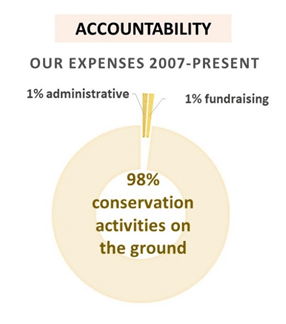|
Our movement to combat plastic pollution is growing at an unprecedented rate, you can join us to make a difference and accelerate this vital momentum. If you would like to help make a change locally and globally to help remove our ocean of plastic pollution, now is the time.
All plastic is having harmful impacts on marine and non-marine life. A recent report from the Convention on Biological Diversity found that between 2012 and 2016, the number of species documented to have been affected by marine debris, of which plastic is the predominant source, has risen to 817. The primary impacts are from ingestion, entanglement, and habitat damage or destruction. Seas hold as many as 51trn microplastic particles. Some are the product of larger pieces breaking apart; others, like microbeads added to toothpaste or face scrubs, were designed to be tiny. The cumulative amount of solid plastic waste produced since the 1950s that has not been burned or recycled is around 4.9bn tonnes. It could all have been dumped in a landfill 70 meters deep and 57 square kilometres in area—that is to say, the size of Manhattan.
Endangered Species International (ESI) has been tackling plastic pollution head on for over a decade. For last three years alone, we have removed an average of 500 pounds of plastics per day from the ocean, raised awareness about the danger of plastic pollution to over 20,000 coastal communities, and supported aggressive ban of single-use plastics and implementation of recycling of plastics.
Removing plastics from ocean is as important as preventing them from entering it. The actual amount of plastic pollution in the ocean is undeniably horrifying, with 8 million pieces of plastics finding their way into oceans every day. Nowadays, plastics are in every parts of the ocean in any forms possible, visible and invisible to human eyes. Worldwide, beaches are littered with bottles, sandals, lighters and single-use takeout containers; rivers choked with plastic bags and cups; microplastics found in the deepest part of the ocean. The top 5 polluters are China, Indonesia, Philippines, Vietnam and Sri Lanka.

Photo on the left: ESI staff and volunteers removing plastics at low tide in mangrove.
Photo on the right: A whale shark habitat heavily impacted by plastics in the Philippines.
Three major undisputable facts that call to our actions:
1. Marine debris has become a major environmental and systematic issue at the global level and a major threat to marine and coastal biodiversity.
2. Three-quarters of all marine debris is plastic, a persistent and potentially hazardous pollutant, which fragments into microplastics that can be taken up by a wide range of marine organisms including us.
3. The use of plastics continues to grow, with global production expected to rise markedly over the next few decades in order to make more profits and greed.
To remove more than 1,000 pounds of plastics per day
Let’s not forget, the ocean belongs to all of us and we all have a responsibility to help and stop plastic pollution. Together with your sustained support, we can remove more plastics each day by reaching our new target: to remove more than 1,000 pounds of plastics per day.
There’s still a lot of work to do, but we’re committed to the long struggle to reduce ocean plastic pollution. The core of ESI effective conservation activities occurs in the field in everything we do to save our natural world: planting native trees, creating protected areas, patrolling against illegal poaching, or removing plastics form ocean. Join us in this successful momentum to remove plastics from the oceans.
Related links

|











